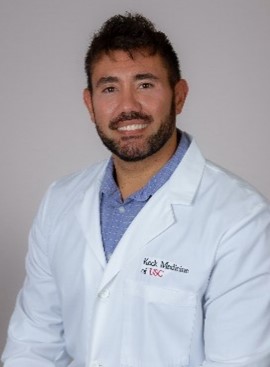
“I’ve always been interested in science and in lizards. I got my first pet lizard when I was around 4 years old, and it was love at first sight,” says Thomas Lozito, Ph.D., who now studies the creatures as an assistant professor of orthopaedic surgery, stem cell biology, and regenerative medicine at the University of Southern California (USC) in Los Angeles.
During his childhood, Dr. Lozito turned his parents’ house into a “little zoo” of lizards and amphibians. He sneaked lizards into his dorm room as a college student at Johns Hopkins University in Baltimore, Maryland, where he earned his bachelor’s degree in biomedical engineering. While pursuing his Ph.D. in stem cell biology through a joint program between the National Institutes of Health and Cambridge University in England, he bred lizards and frogs and sold them to earn extra money.
Continue reading “A Tale of Tails: How Reptile Regeneration Could Help Humans”


 Mimicking mussels’ natural “glue” could have multiple benefits.
Mimicking mussels’ natural “glue” could have multiple benefits.



